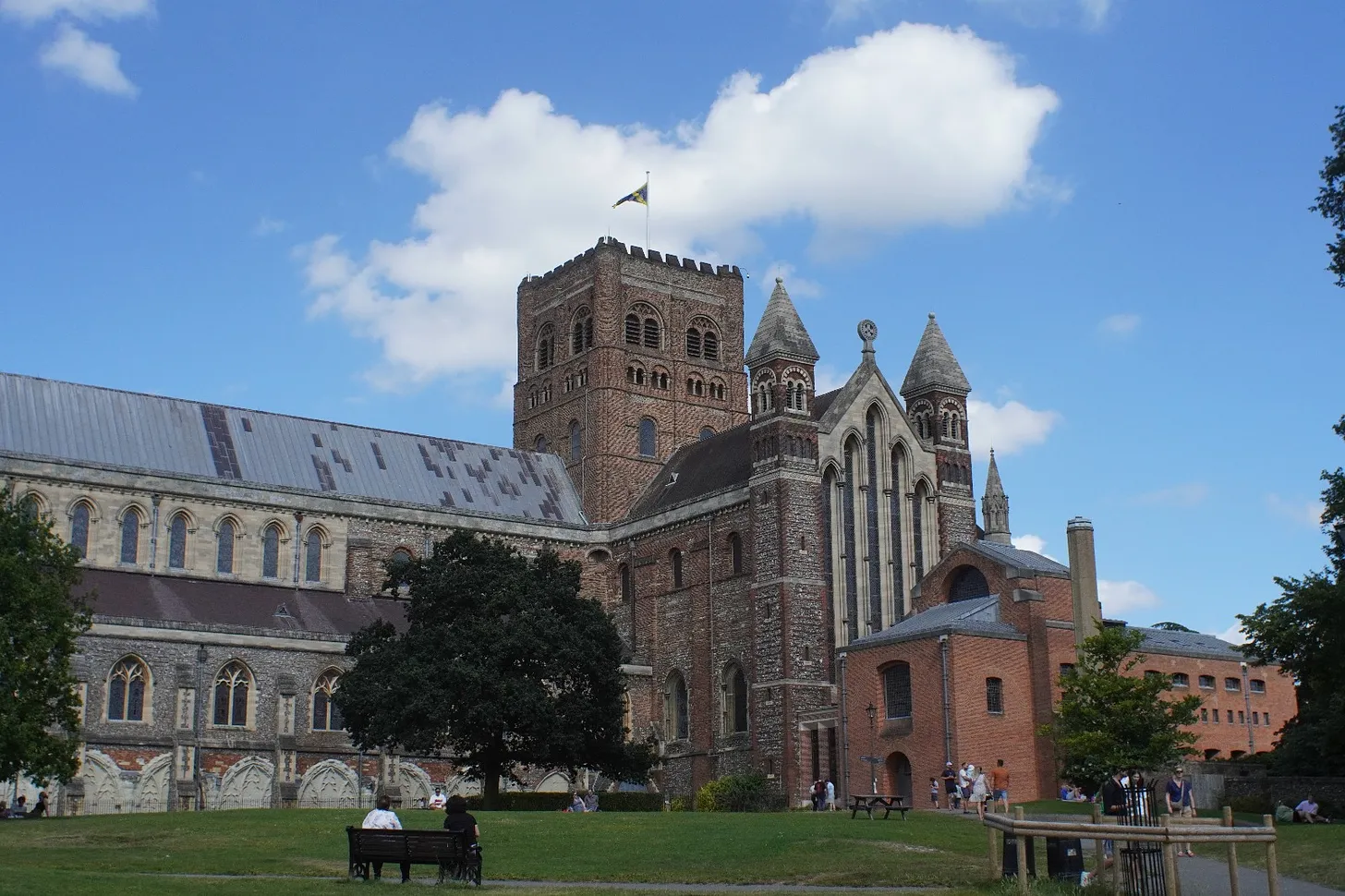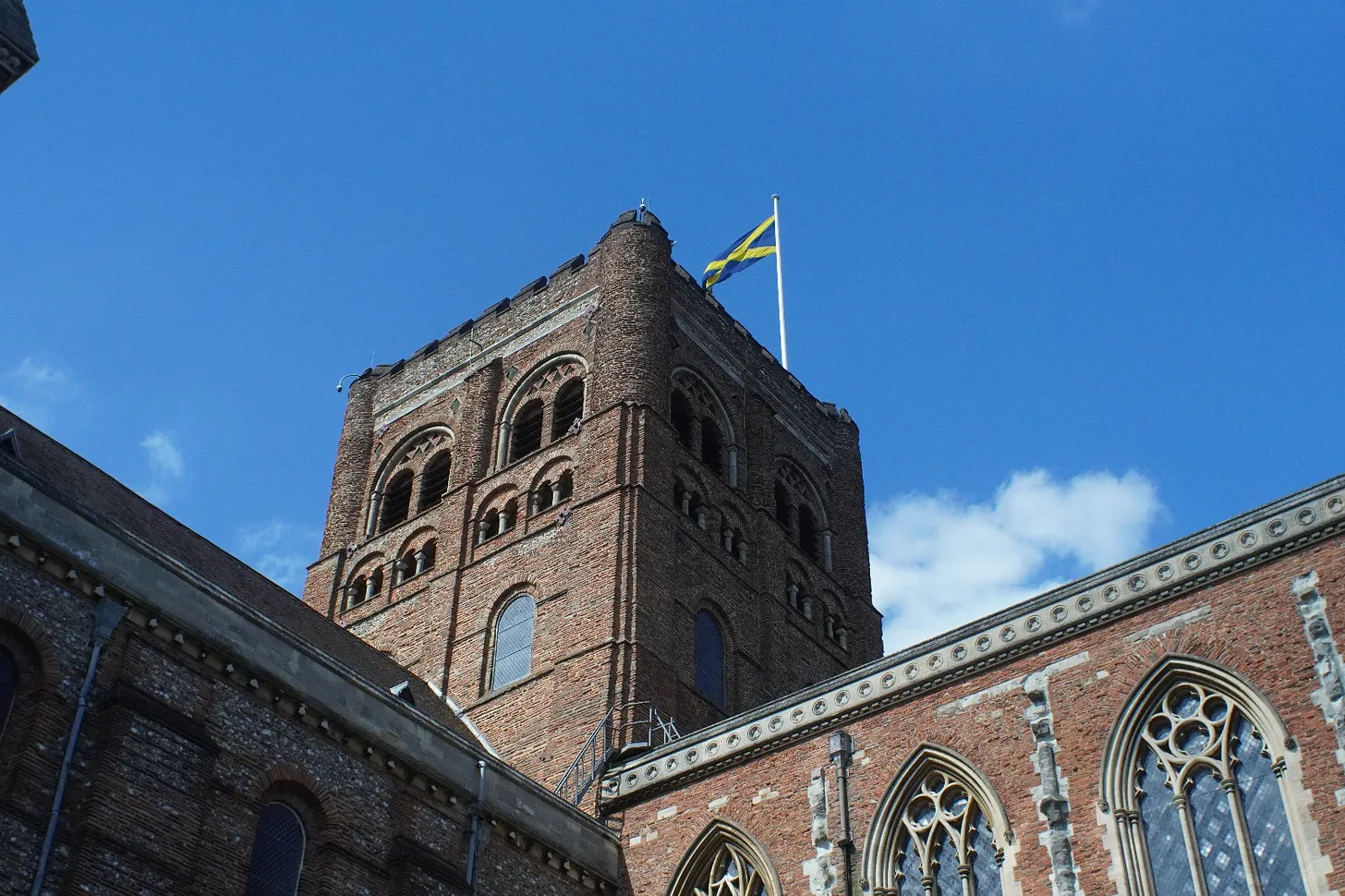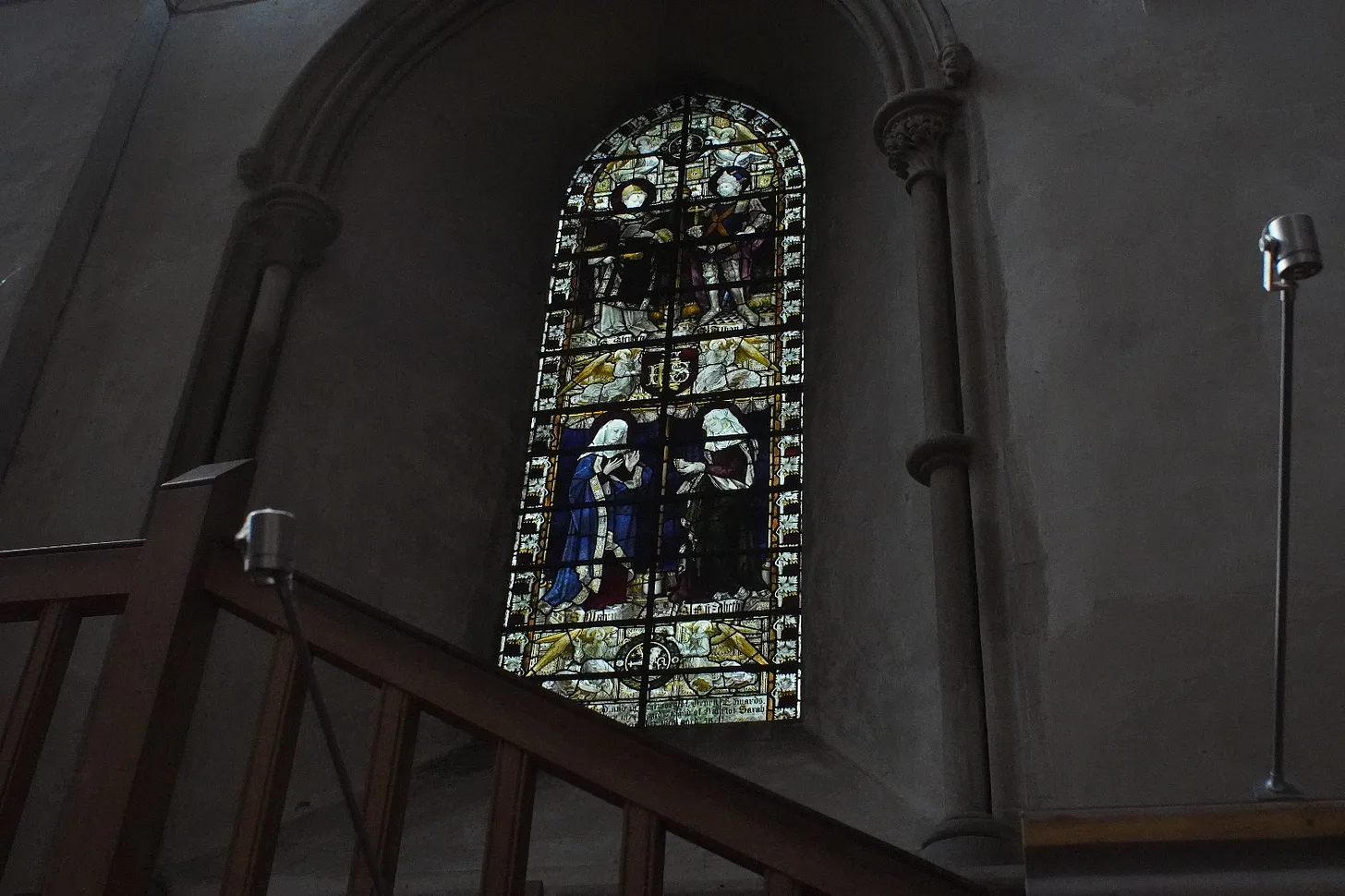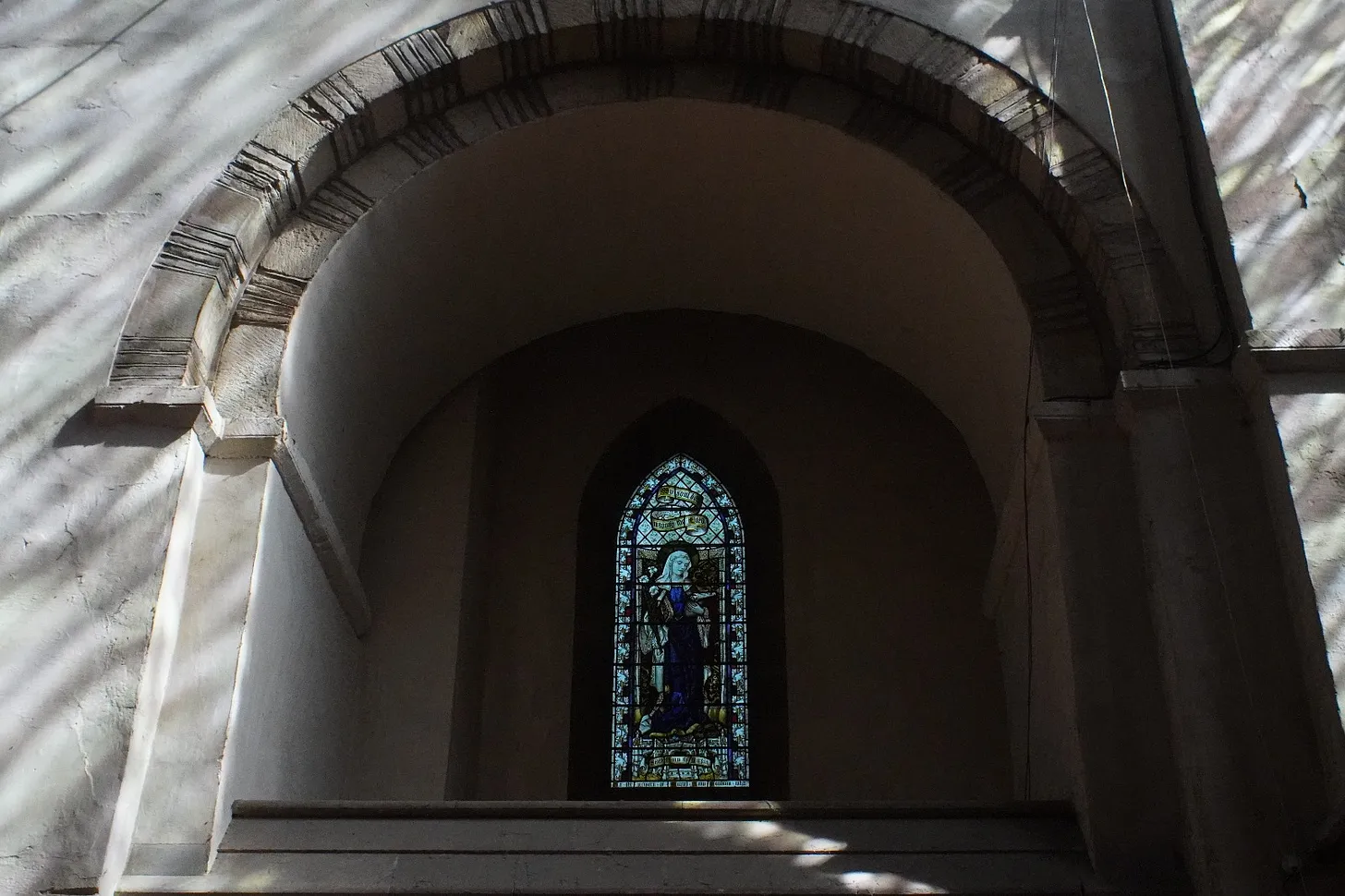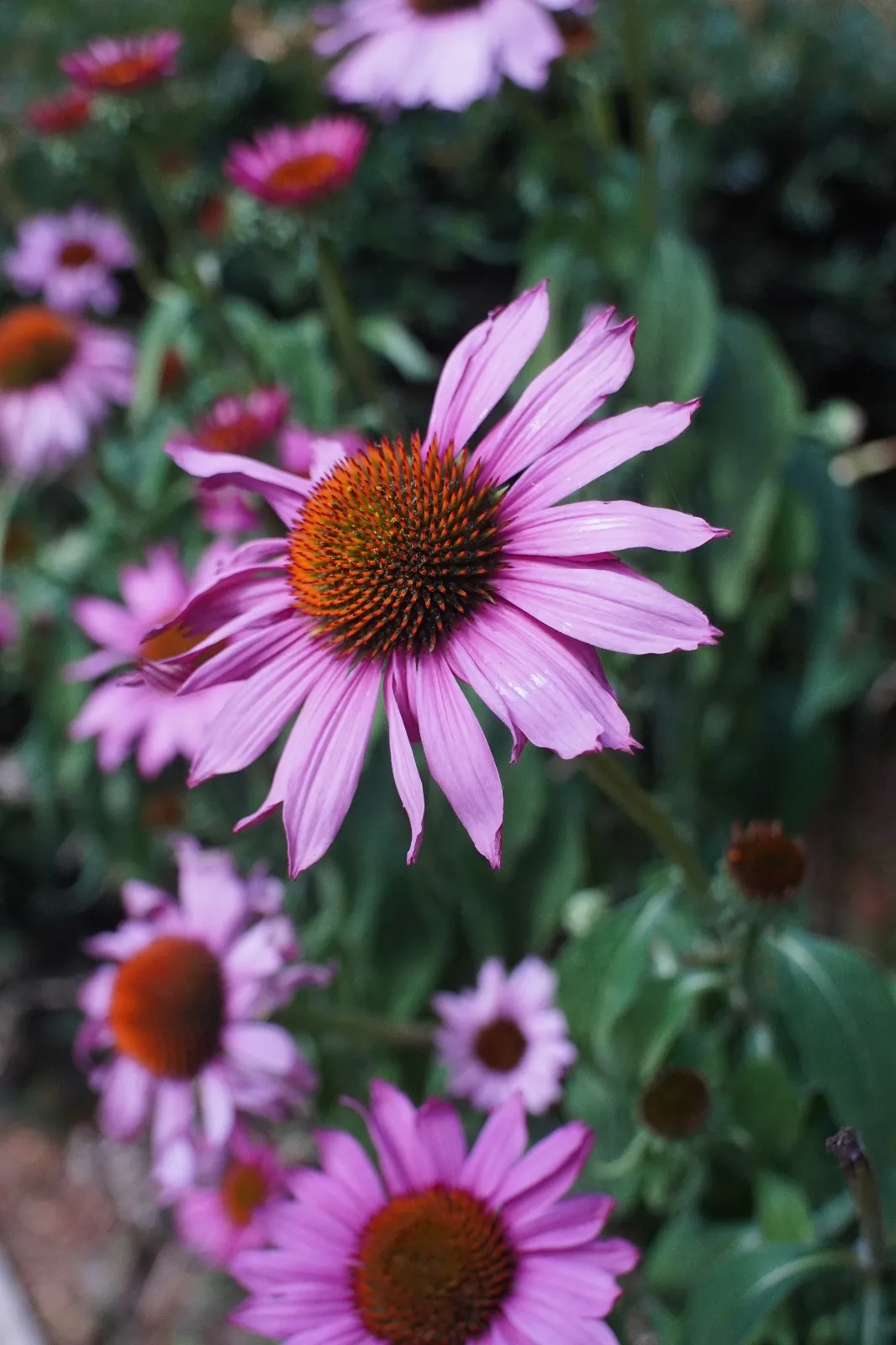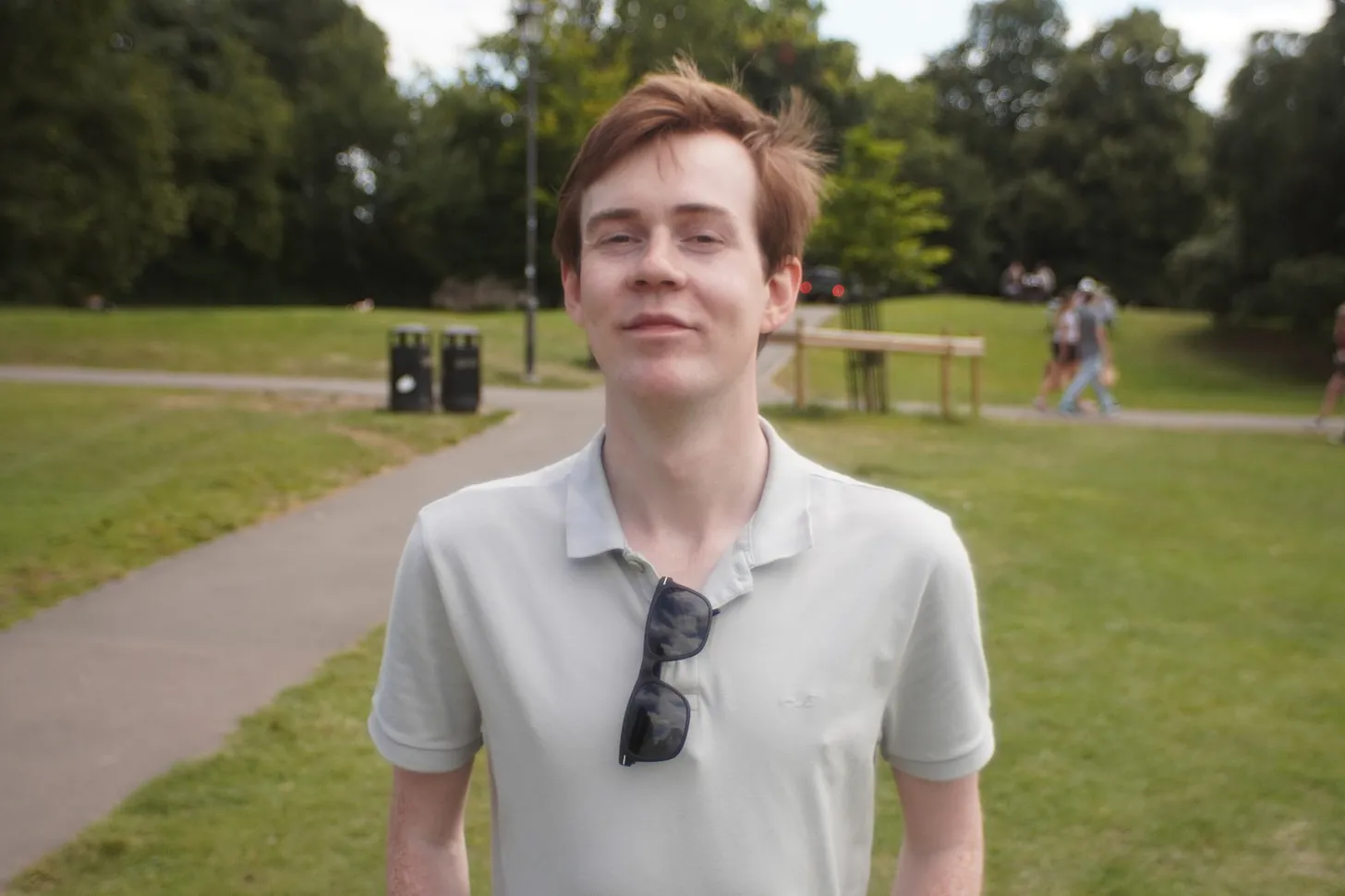Published: 13 August, 2024
Cheap vintage lenses on a modern mirrorless camera
Using cheap vintage lenses from eBay with my mirrorless APS-C Sony ZV-E10
This blog post details my experience from buying used film cameras for ultra low prices on eBay and repurposing their vintage lenses on the most modern of mirrorless cameras from Sony. It includes sample images and the costs involved.
Around six months ago I purchased my first ever film camera, a Yashica FR-1, from eBay. The only film photography I’d ever taken prior to this spontaneous eBay purchase was on notoriously cheap disposable cameras as a child. My £27 purchase included both the Yashica Fr-1 camera body along with a Komura 80-200mm f4.5 zoom lens. Due to some issues with the camera body (light leak, broken exposure counter) and using cheap black & white film (Foma Fomapan 100 ISO 36 exposures) the results were less than impressive. Nevertheless, the lens itself was in great condition and it’s 200mm zoom provided opportunity for some interesting photography subjects, primarily for me this meant aviation photography due to both living in close proximity to an airport and a lifelong fascination with planes.
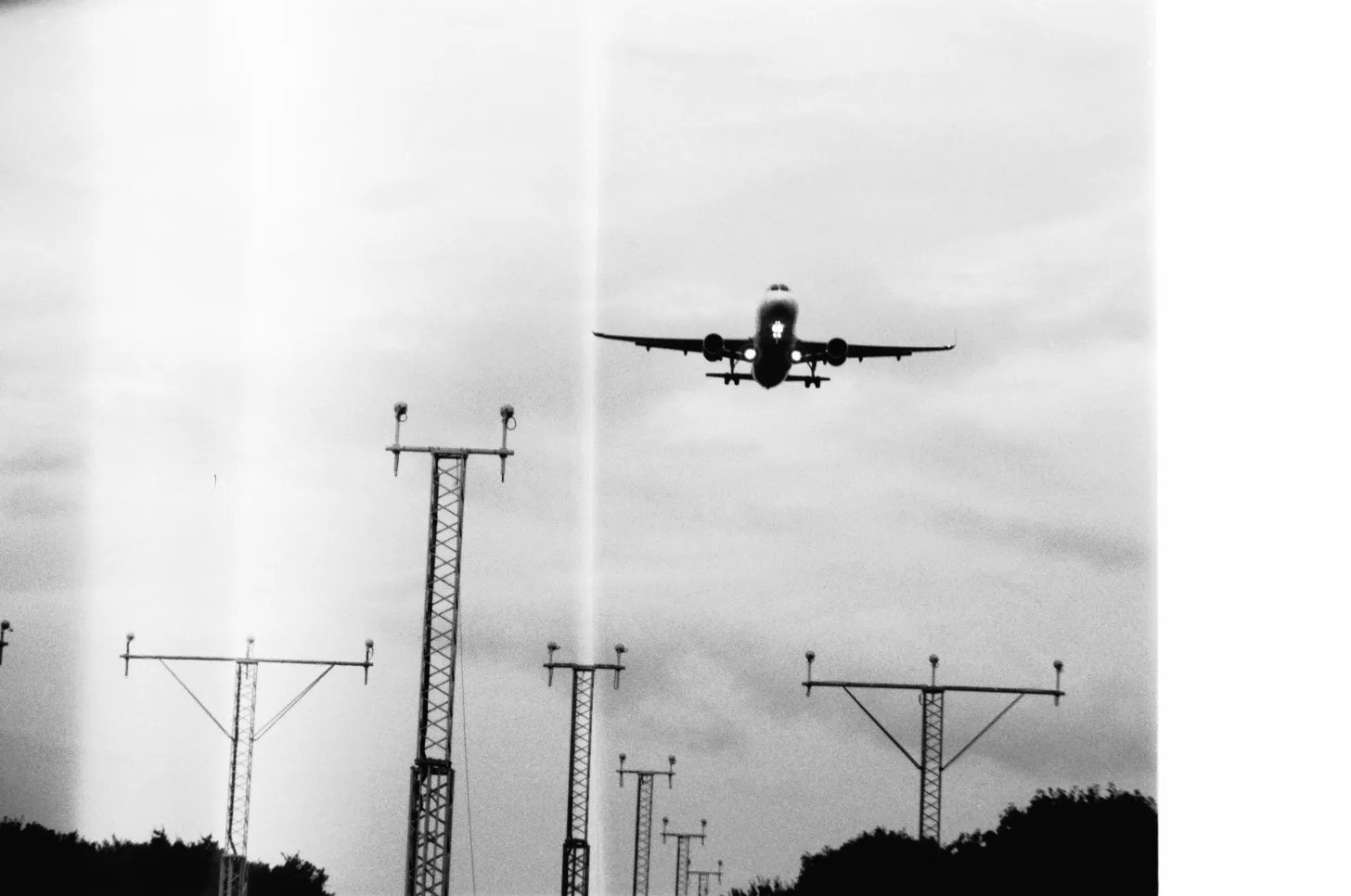
After disappointing first results and winter coming around I hadn’t purchased any new film to take more photographs, but I had instead taken the plunge on another camera body and lens from eBay. It was once again a Yashica FR-1, though this item was listed explicitly for “Spares & Repairs” due to it’s quite obvious water damage from where it had been presumably swimming with the fishes before being recovered by this proficient reseller. The seller accepted an offer of £5 (+ another £5 postage), and I was delighted to find that despite the body quite clearly being irreparable the attached lens, a Meyer-Optik 50mm f2.8, was in almost perfect condition and more than useable on a less soaked body.

So, I had a semi-functioning film camera body, an entirely unusable body and two aged - yet useable - vintage lenses. These three items combined had cost only £37 (not including the £7 spent on film and £11 spent on processing). To try and recoup some of the money spent on film & a totally redundant camera body I decided to engage in some reselling and sell the broken Yashica body back on eBay whilst keeping the lens for my collection. I listed the camera, explicitly as a “Spares & Repairs” item, and within a few days I had sold the camera for £9.99. Deducting fees & shipping, I’d made about £5.42 from the sale. Thus, the Meyer-Optik lens had effectively only cost me £4.58 which is still at least 50% cheaper than most of the current listings.
By the time spring came around again, I wanted to have another go at shooting some film. Despite investing time & effort researching what would be required to fix the light leak in my original Yashica FR-1 body I found that it would actually be more cost-effective to try and find another, better condition, film camera from eBay. And so, once again, I trawled the infamous internet auction site and made yet another purchase. This time, a Yashica FR-II! For £23.40 (after postage) I received a much better condition body than the two previous purchases along with another lens, a Yashica 55mm f2.0. With the new body and three lenses (and better weather), I purchased some Kodak Colorplus 200 135-24 Film from eBay and shot 24 more exposures. After an eyewatering £16 for processing, the results were much more pleasing than my initial attempt.
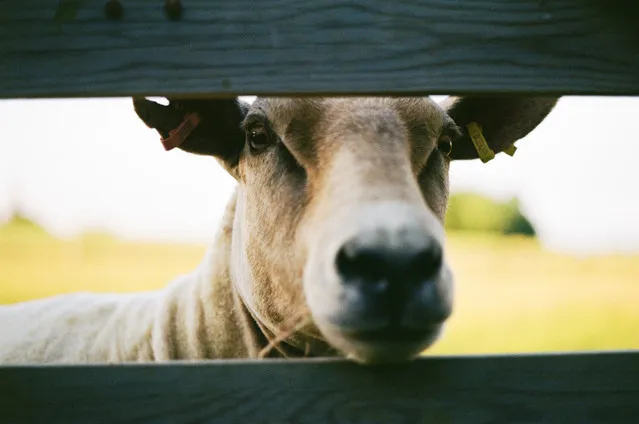
But, the obvious elephant in the room are the overheads involved with film photography. Not only do you have to pay for the film itself, which is becoming ever more expensive, but you are also then required to pay for film processing. After which, you are then expected to pay even more for both digital & physical copies of your snaps and most processing companies will scale pricing based on the quality or file size desired. Not to mention the fact that film photography is a skill that requires knowledge, practice and accepting the inability to preview the results of your photography until you’ve sunk all of the cost into both film & processing. So, with my collection of two camera bodies & three lenses I was now interested in a more modern approach to taking photos. So, I began researching what would be the most budget friendly yet productive entry for me to get into the mirrorless camera scene.
Amazon Prime Day fell on July 16-17 2024 in the UK and I found that the Sony ZV-E10 was on quite a handsome deal. As a naturally sceptical consumer, I wanted to find out what the catch was with this camera. I discovered a few, firstly the ZV-E10 sports an APS-C sensor (meaning it will crop images using traditional ‘full-frame’ lenses). Secondly, the ZV-E10 II had been announced and was due for release imminently, and finally the camera features no EVF (electronic viewfinder) as it is heavily marketed as a ‘Vlogging Camera’ where it’s main design purpose is video rather than taking photos. I considered these drawbacks and went on some rampant googling to see if they were truly as big of a deal as it may appear on paper. The APS-C sensor was no problem for me, as it was a perfectly decent 24mp sensor and no full-frame came anywhere close in price to this model. The EV10 II announcement was again no issue for me, the improvements to the new model were minor and only really improved the video taking functionality (which is something I was not really interested in). Finally, the lack of EVF was the most significant dilemma for me. The ZV-E10 features the exact same sensor and software as the Sony α6100 (which does sport an EVF) but retails at over £200 more than the Prime Day deal I was able to snatch the EV-10 for. The α6100 also lacks the continuous 4k recording that the EV-10 does and has some minor software differences (lacks picture profiles). I decided that the money saved on going for the EV-10 would be better spent on accessories and lenses which could all be reused on future camera bodies that I purchase. Additionally, I wanted to be as frugal as possible whist still learning the very core of photography and getting better at honing & understanding the craft will be easier with a camera which has more limitations than some of the more expensive options on the market today. It would also serve as a decent enough future-proofed video camera if I ever did want to explore videography more in the future.
Therefore, I purchased the EV-10. It came with a kit lens, a Sony 16-50 f3.5. A decent enough bit of glass but quite clearly aimed at the “vloggers” that the product was marketed for. From the very moment I clicked order, I wanted to use the three other lenses in my portfolio. They all shared a C/Y bayonet mount whereas the EV-10 required lenses with an E-Mount system. So, I went to Amazon once more and purchased an adaptor. It is now important to distinguish the key difference of an APS-C sensor and full-frame. The APS-C sensor is of smaller size than traditional sensors which means that for lenses which are not specifically made for APS-C sensors the lens focal length is actually higher than the nameplate would suggest. Therefore, my Yashica 55mm is actually closer to 85mm, the Meyer-Optik 50mm is closer to 75mm and the zoom Komura lens is closer to 305mm (not the 200mm full frame) at it’s extreme. The addition of the adaptor also slightly affects the crop factor of the image coming to the sensor. Note: this discrepancy does not cause a loss of quality, just results in a cropped image which impacts the focal length.
The camera arrived as did the required C/Y to E-Mount adaptor, and a friend helped me learn the basics of mirrorless cameras teaching me everything from enabling focus highlighting (a must for any manual focus lens!) to the holy trinity of photography. Almost immediately it became apparent that the mirrorless approach was infinitely more enjoyable for me than the slow, tiresome & expensive process of film cameras. The 128gb SD card allows for well over 4,000 shots to be taken on a single card and so if you mess up one shot you don’t need to count the pennies lost and can instead focus on learning & improving. Nevertheless, I was able to take the cheap lenses out on a proper shoot with a modern camera and really test to see if the glass they are made of stood the test of time. A trip to Stansted Airport’s viewing area, a nature reserve and some random street photography later and I had enough shots to be able to properly make judgement on the lenses. Between two of these sessions I had purchased a couple more lenses from eBay, namely:
Tamron LD A17 70-300mm F/4-5.6 (Sony A-Mount) | £34 inc. postage
Yashikor 28mm f2.8 (M42 mount) | £18 inc. postage
Each of these required two more adaptors respectively for my E-Mount camera. The adaptors costing a combined total of £42. Thus bringing the total of the two lenses + adaptors to £94. I was happy to pay the price for the adaptors as this would only widen my options for second-hand lenses from eBay in the future as once I have one adaptor I have access to the entire back-catalogue of the respective lenses using that mount.
To summarise, this is the breakdown of all of the lenses & adaptors:
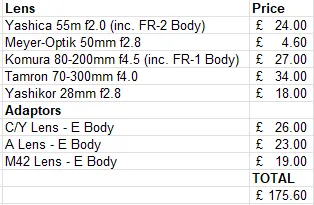
Note: I intend on reselling the FR-1 body with light leak and possibly the FR-2 body also
A total of £176 for 5 lenses & 3 adaptors (and two film camera bodies!) is a total steal, in my opinion at least. Considering a brand new lens even on the cheaper side will cost in excess of £250 by purchasing these used lenses I’ve gained access to a wide range of glass on varying ends of the focal length scale allowing me to experiment with numerous types of photography without needing to invest heavily into a single prime lens that may only be useful for one style of shooting.
For the results, I will let you be the judge with the following selected example images below on each of the lenses. I am sure you will agree that I have managed to indulge myself in a plethora of shooting styles and subjects which would not have been possible with just the kit lens provided with the camera and certainly not possible on anywhere near the same budget with newer glass.
As for my verdict, the lenses provided ample balance between the challenge of photography and the quality for the shots desired. I will certainly continue scouring eBay for cheap lenses.
The following photos were all taken on a Sony ZV-E10 & all are unedited but have been compressed to be included on Substack. All of the lenses focal length are amplified due to the APS-C sensor crop factor.
Komura 80-200mm at Stansted Airport & East Midlands Airport
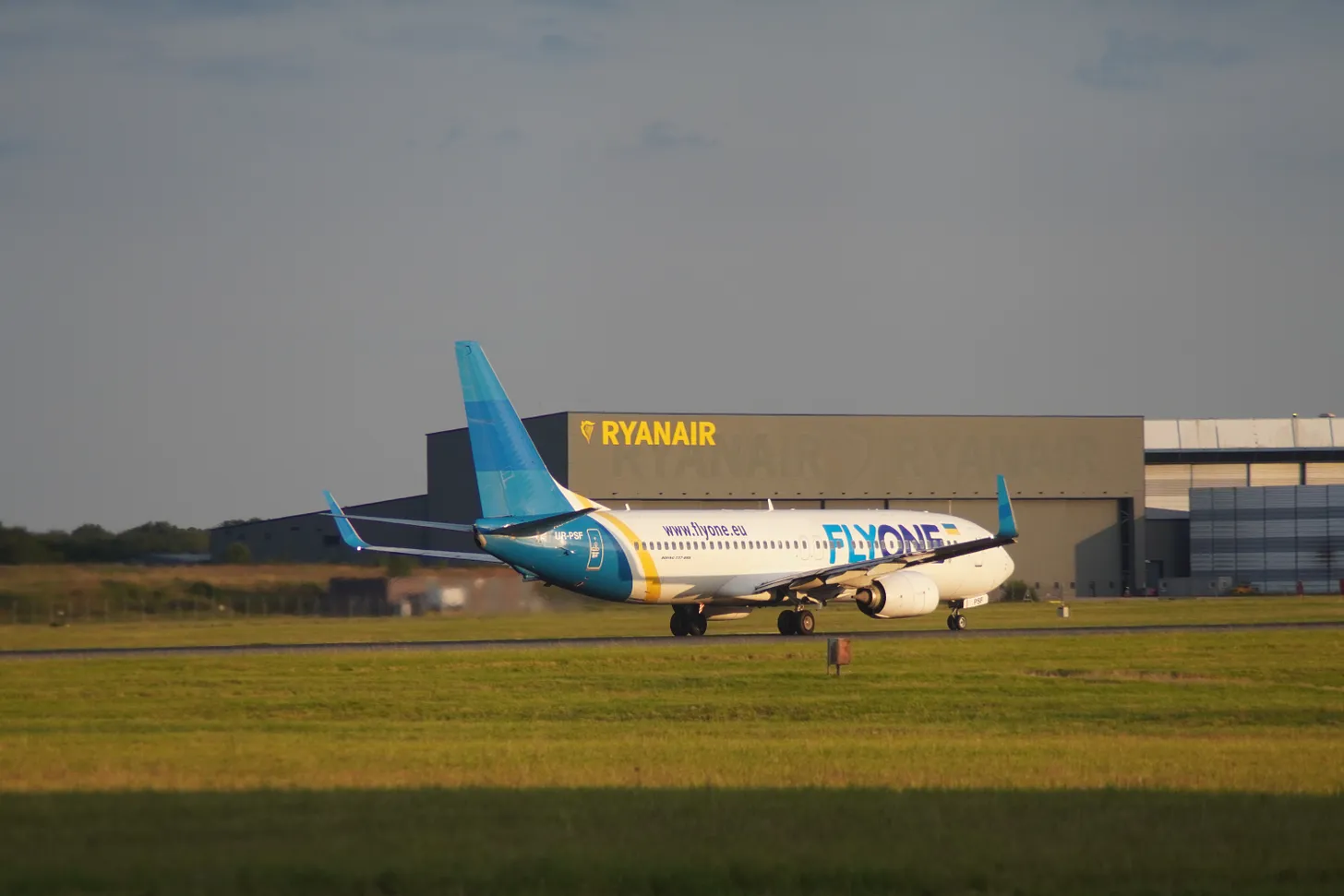
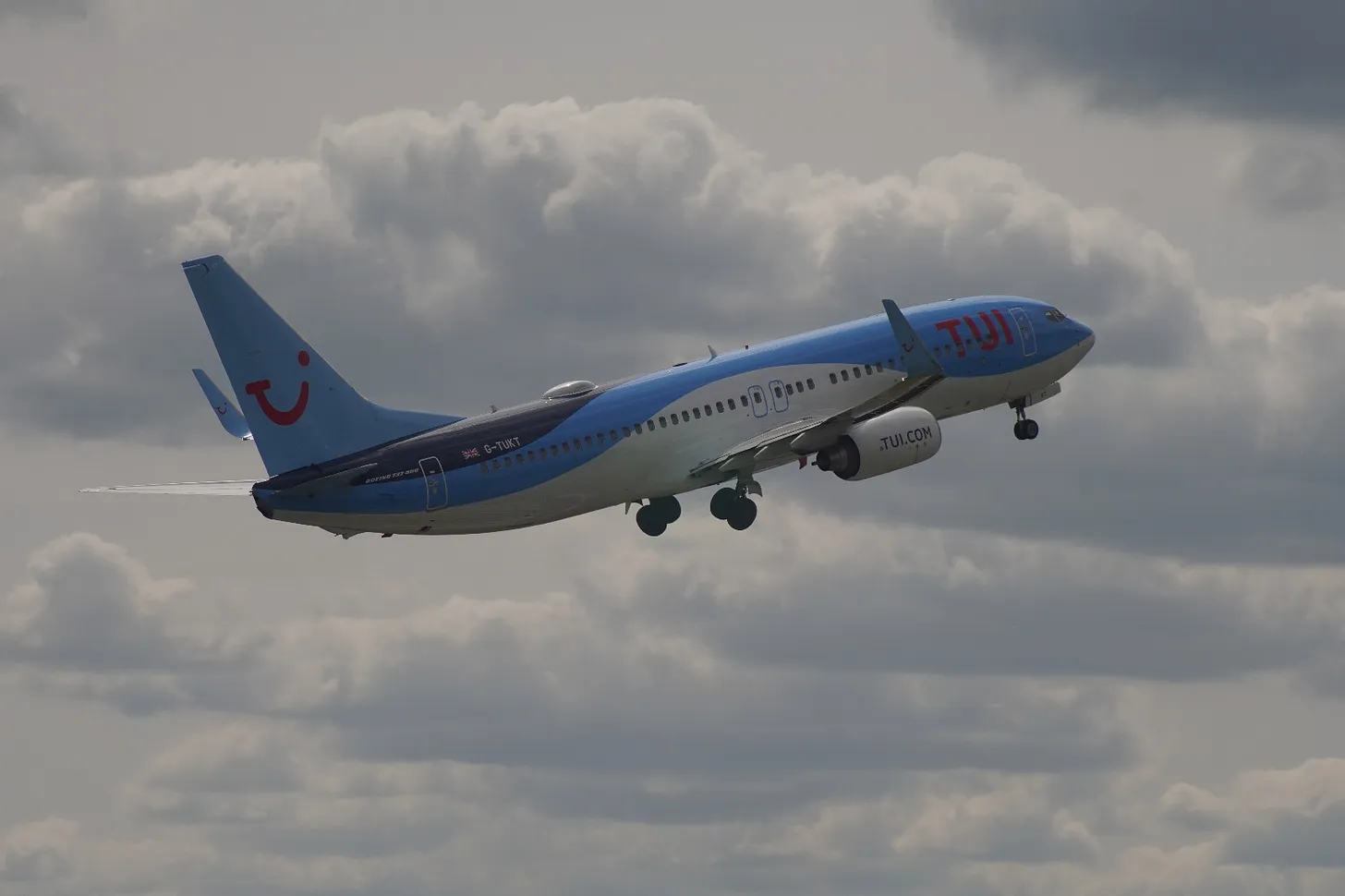
Yashica 50mm f2.0 at the scene of a barn fire and random walk
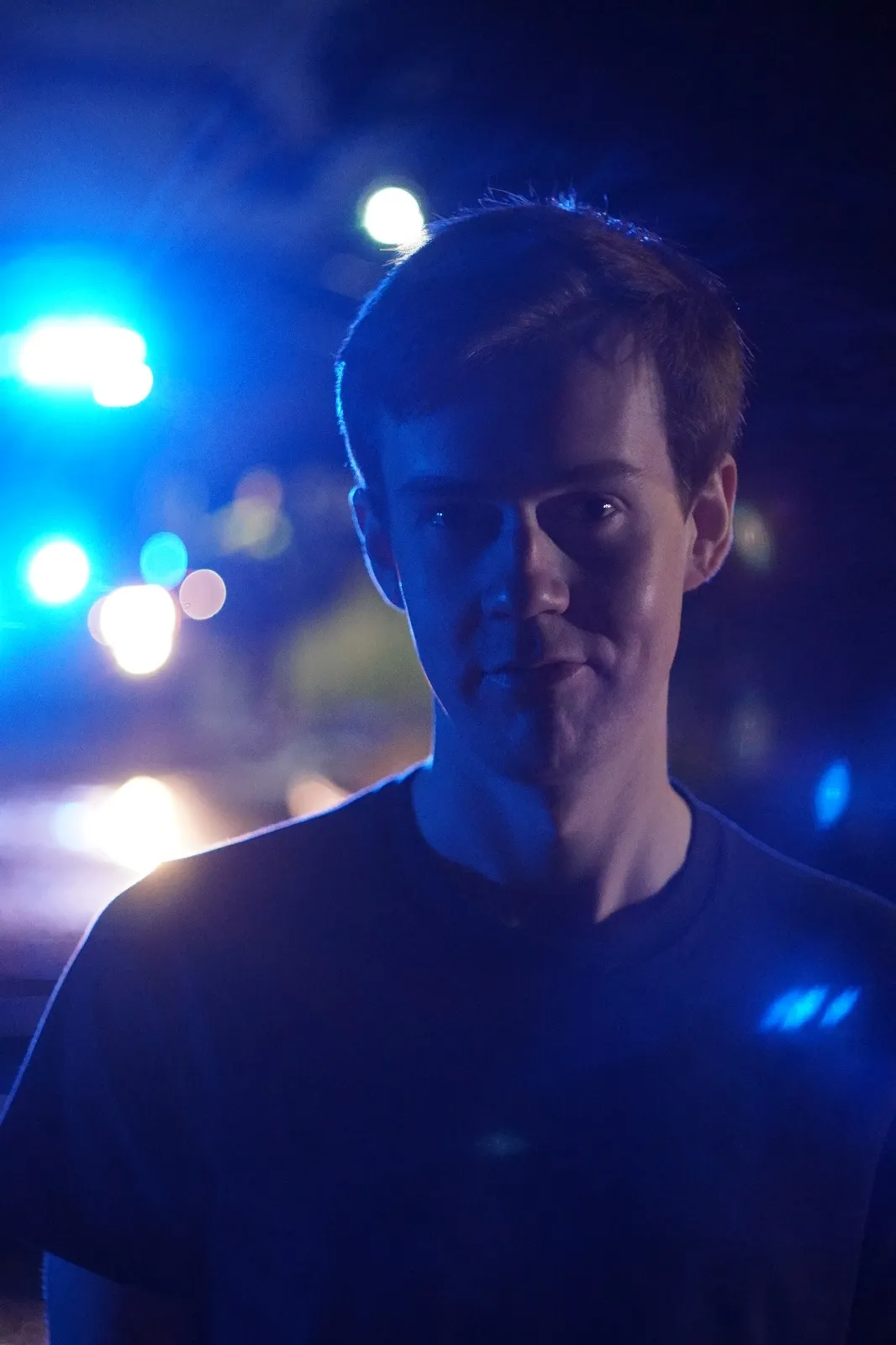
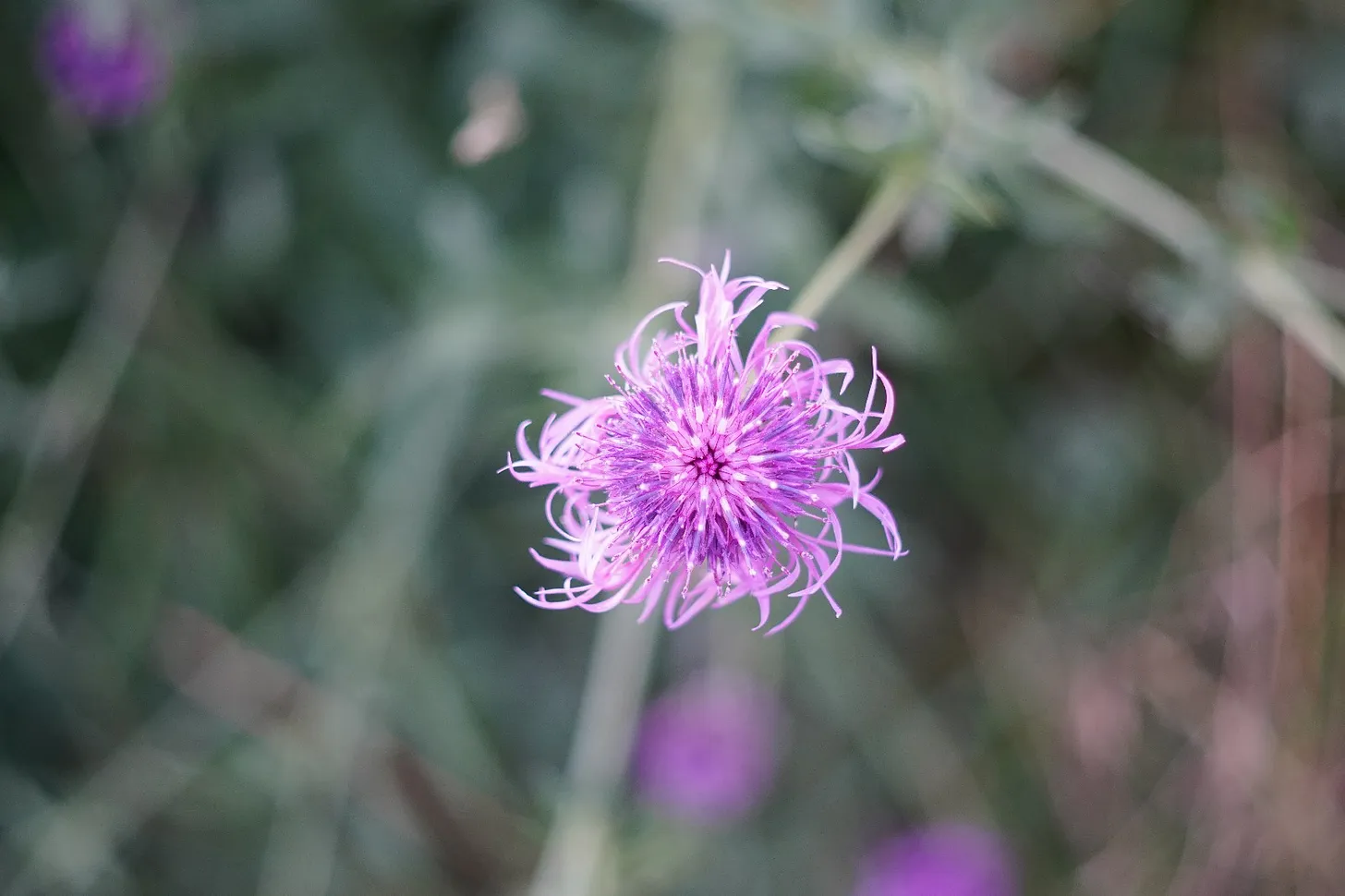
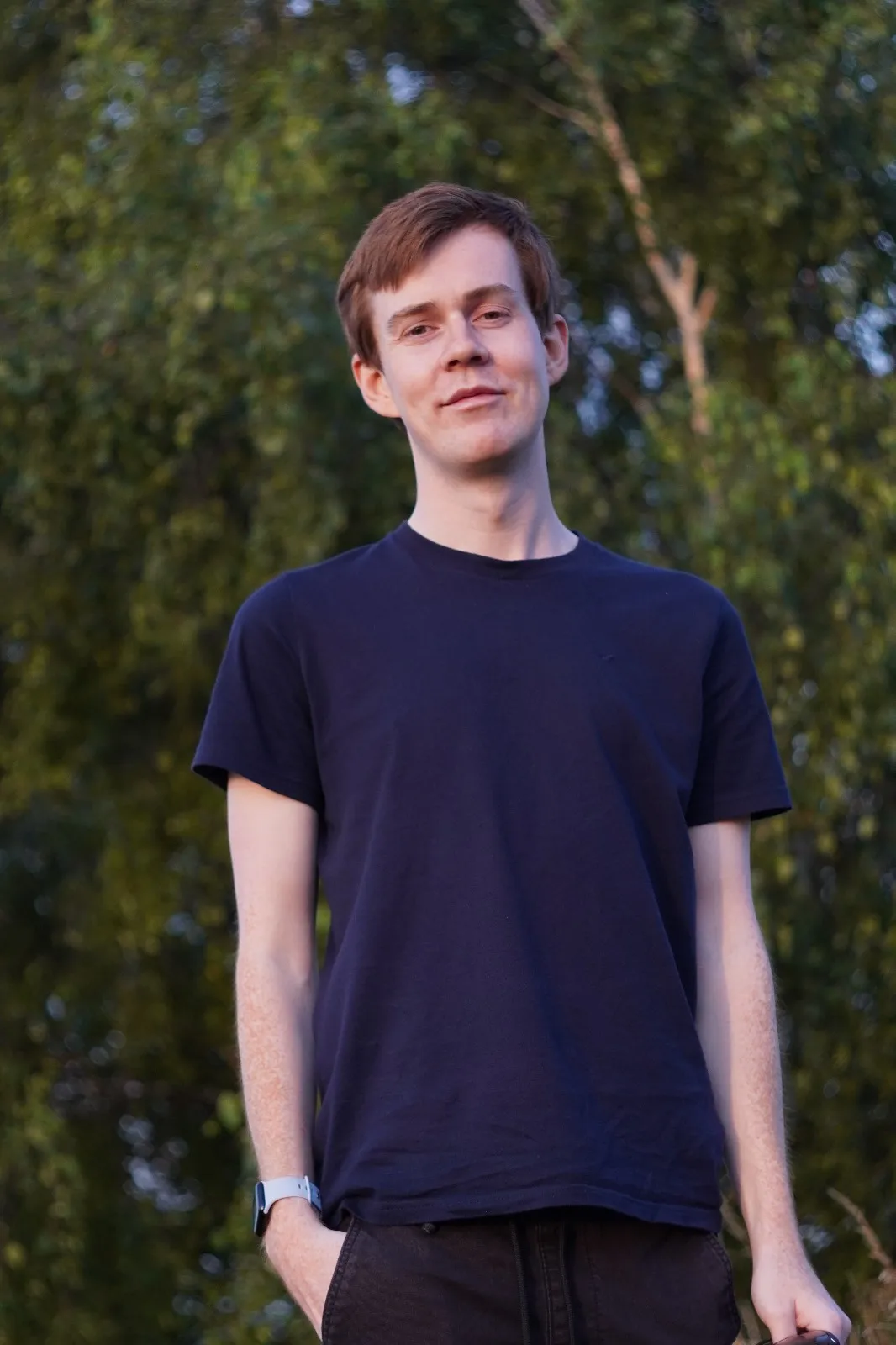
Tamron 70-300mm at an RSPB nature reserve
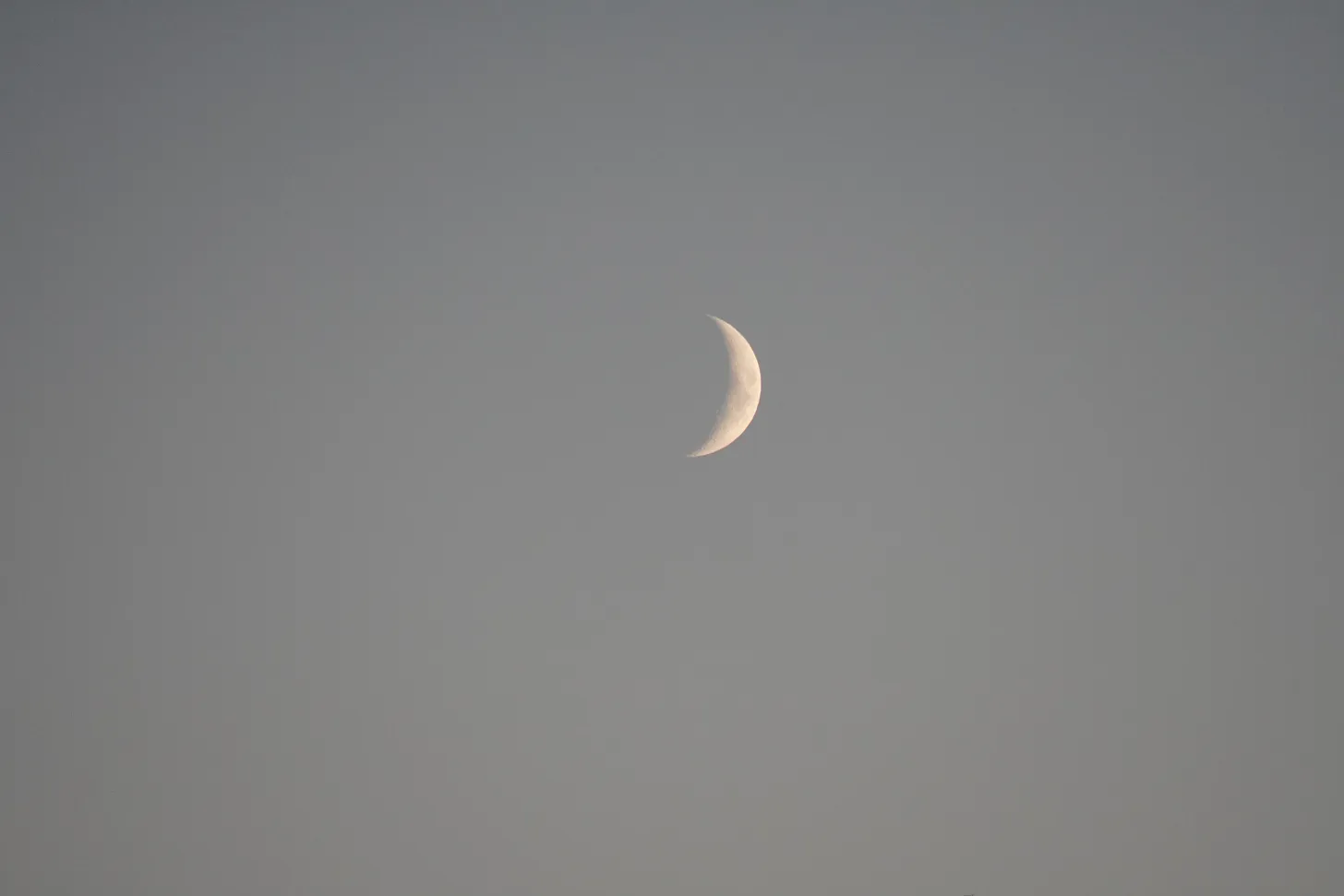
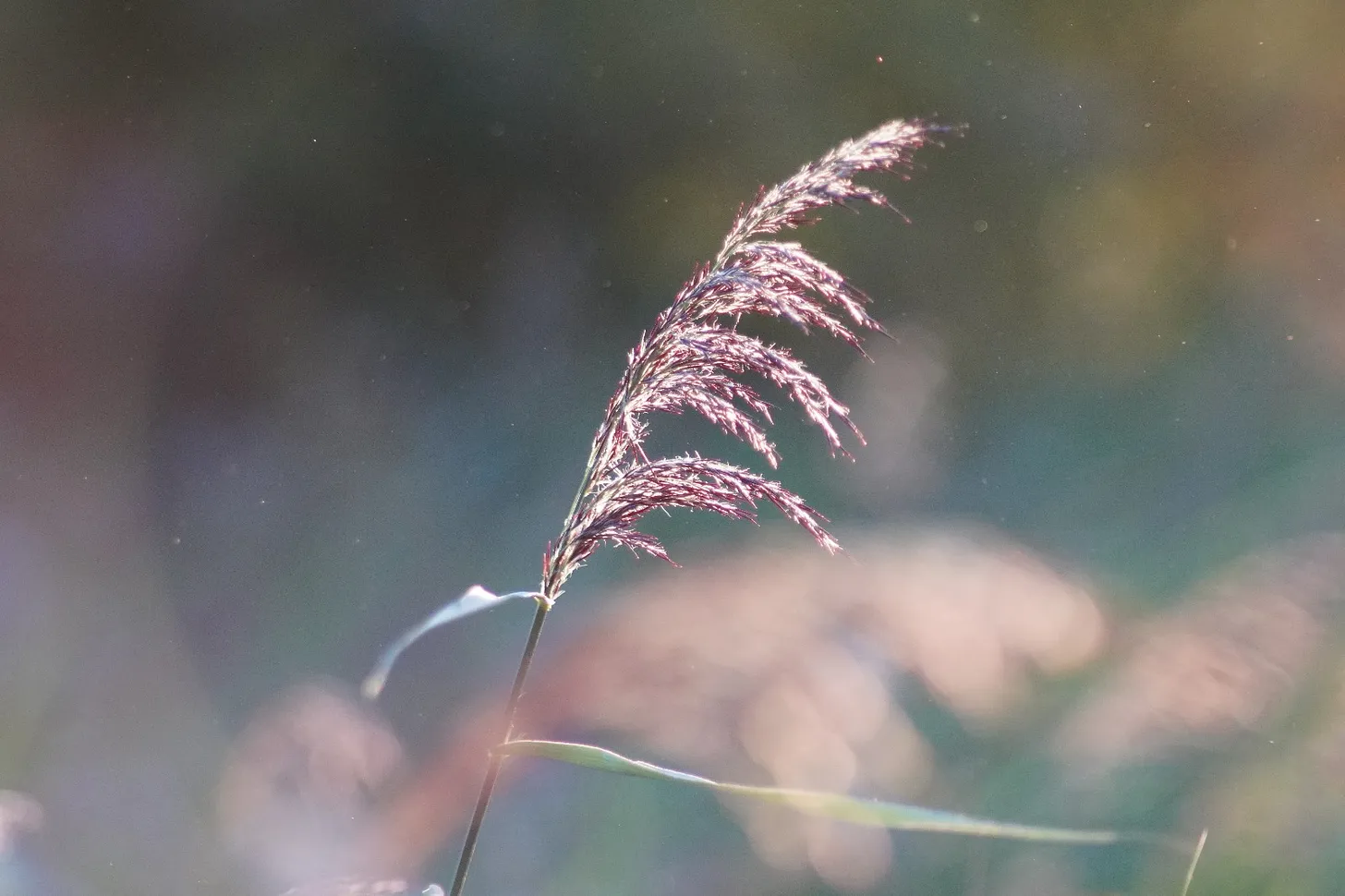
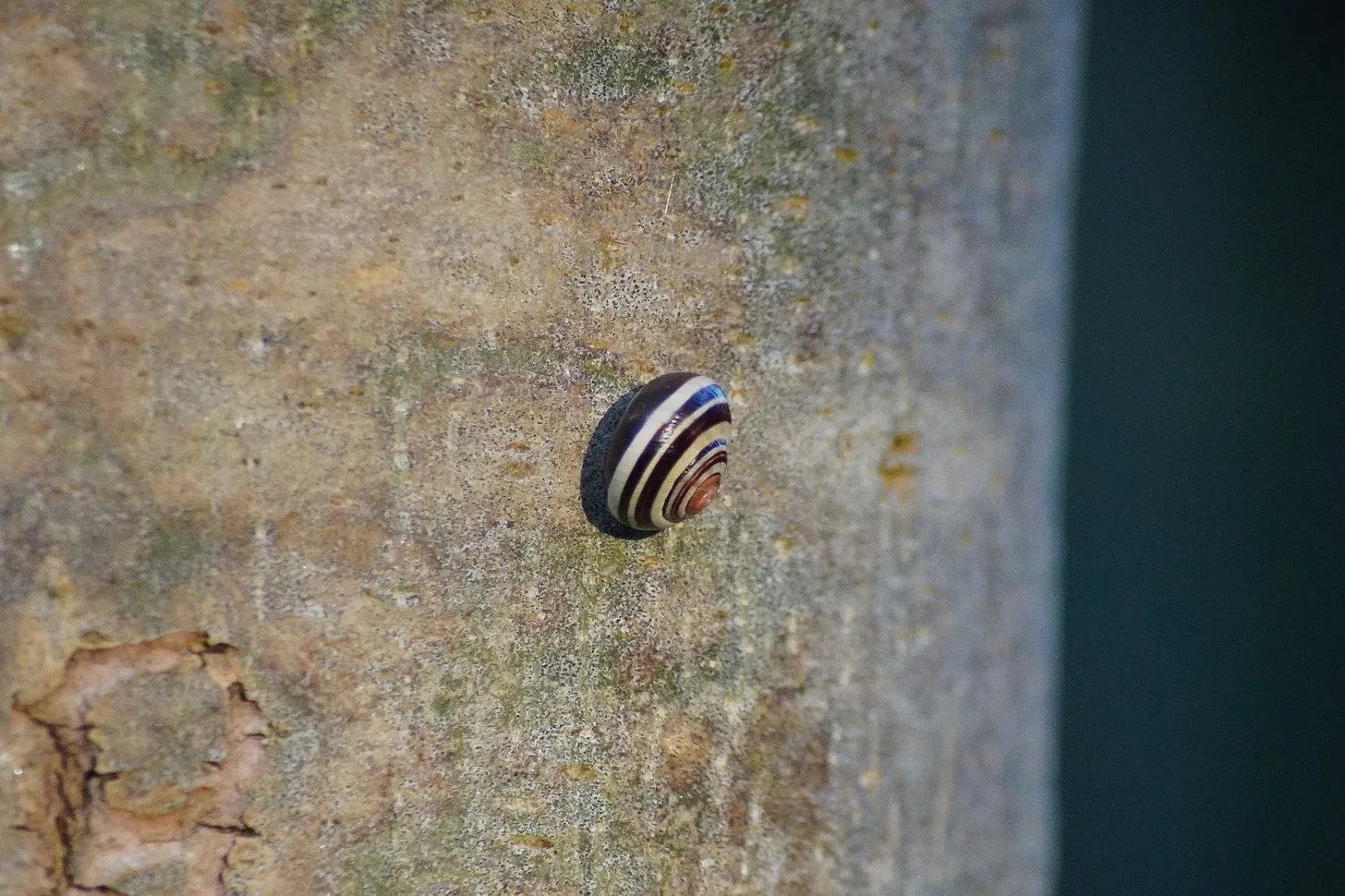
Yashikor 28mm around the historic city of St. Albans
